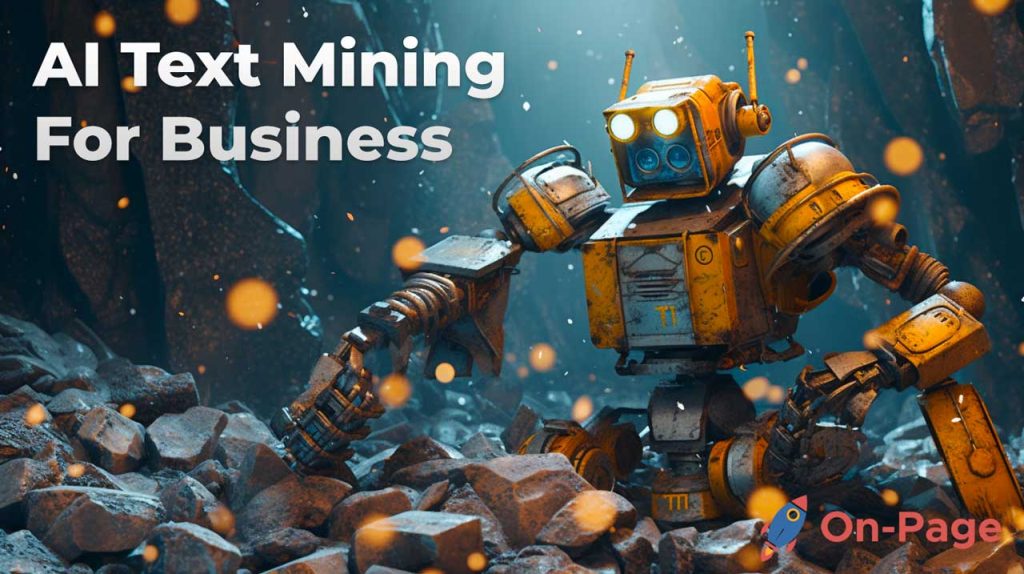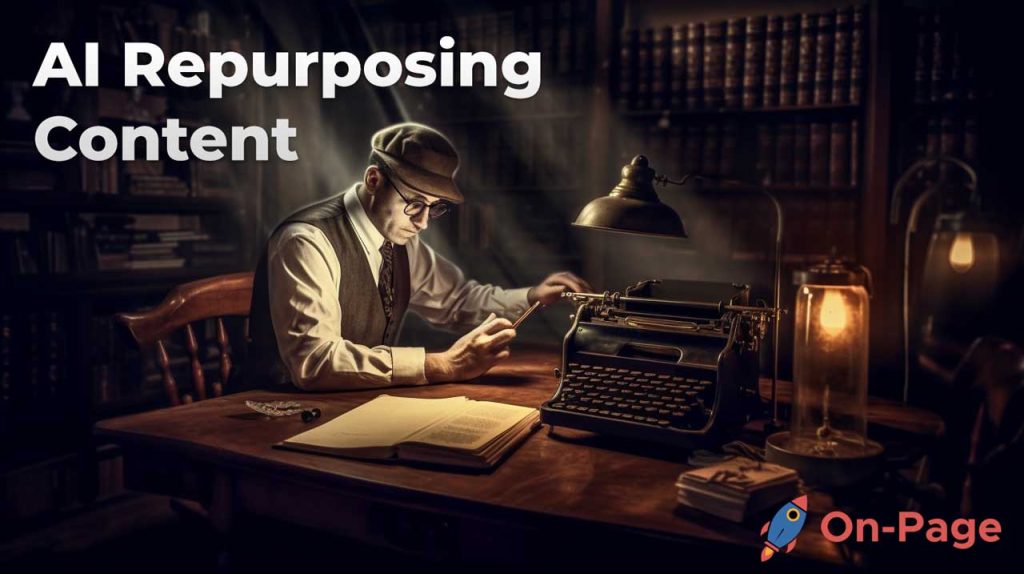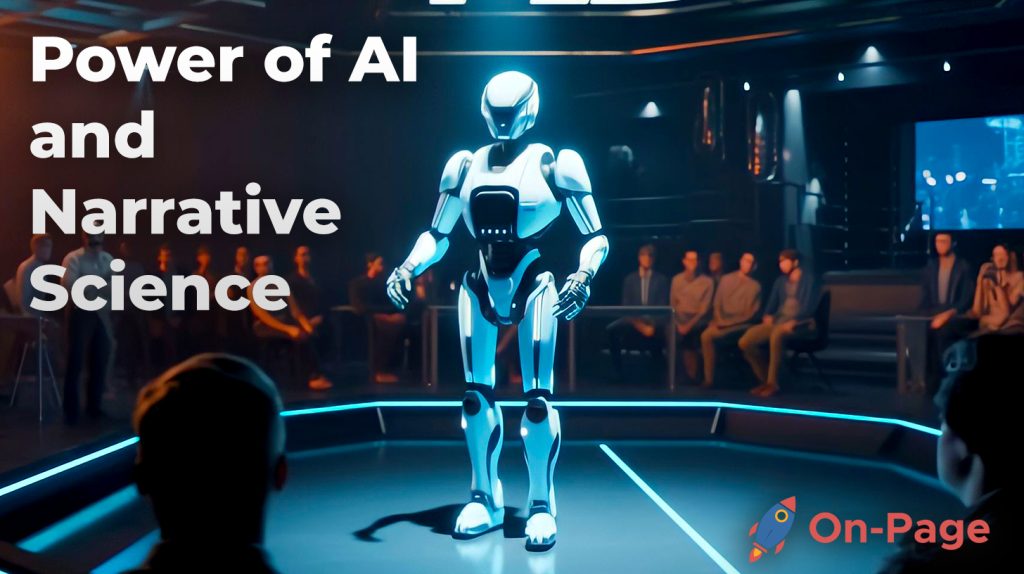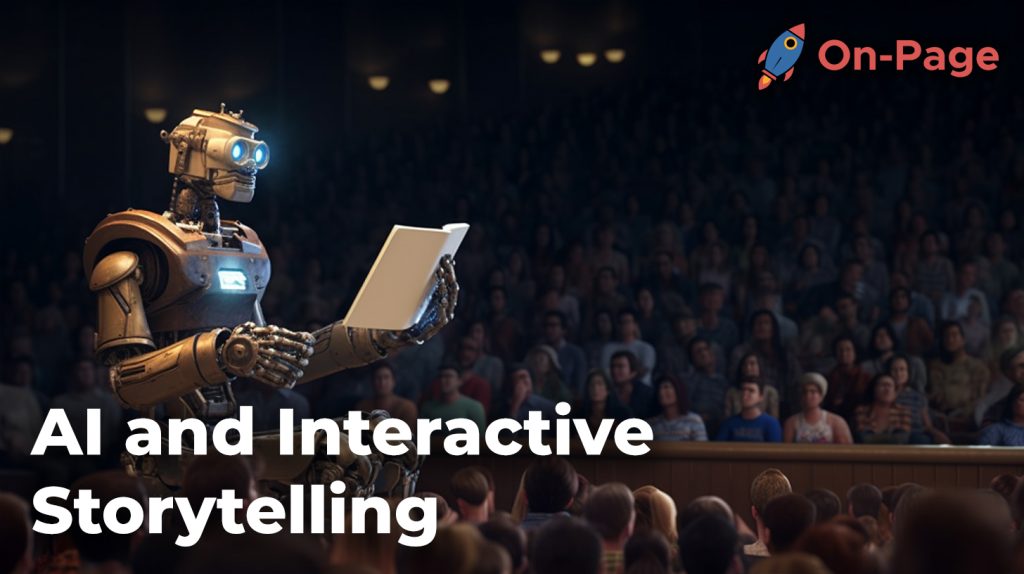
Picture yourself being taken on a gripping journey, where every turn of the page or swipe on the screen unveils a captivating story that’s tailored just for you. Sounds like a dream? No longer! Welcome to the fantastic world of AI and Interactive Storytelling, where artificial intelligence is unlocking doors to wholly personalized storytelling experiences. With AI-powered narratives, no two stories are ever alike. Dive in with On-Page.ai as we dissect this fascinating technology and unveil how it can redefine the immersive nature of storytelling, making you an active participant in your very own tale.
AI is being used in interactive storytelling to create more lifelike characters, generate dynamic storylines, and personalize user experiences. Advances in natural language processing and machine learning are allowing creators to push the boundaries of what’s possible in interactive media, from gaming to education to training. Our article explores ways that AI is transforming the world of interactive storytelling and what the future holds for this exciting field.
What is Interactive Storytelling?

Interactive storytelling is a dynamic and immersive form of storytelling that encourages participants to interact with the story, influencing its outcome. This new wave of storytelling extends beyond traditional passive media such as books, movies, or television shows. Interactive storytelling allows users to engage and co-create the narrative in reaction to their personal choices, preferences, and behaviors.
It can be compared to a choose-your-own-adventure book where instead of turning pages, we use technology as a medium to explore the story. Unlike traditional storytelling models where authors control the narrative instances and character developments, interactive storytelling gives room for participants to be an active agent in the narrative progression.
Interactive storyline incorporates various forms of technology, from text-based adventure games to virtual reality systems. But regardless of technology usage, the fundamental aspect of interaction and choice remains consistent in all forms.
This type of storytelling leverages emerging Artificial Intelligence (AI) technologies that enable sophisticated natural language processing systems, image recognition algorithms, speech-to-text software solutions. These advancements allow for more extensive conversations between characters integrated into the larger narrative arc.
In essence, interactive narratives are essentially stories built around branching decision pathways crafted by content creators with the ultimate goal of creating a personalized experience for her readers or audience.
Interactive storytelling is gaining traction among various applications outside of entertainment sectors as well. Museum exhibitions and educational institutions have adopted it as a digital tool for enhancing visitors’ experiences and replacing conventional mediums like audio guides or interpretive panels.
Despite being relatively new on the scene, this trend in multimedia storytelling has generated considerable buzz among industry insiders and viewers alike.
AI and Interactive Storytelling: Exploring the Possibilities
AI-driven technologies have become widely accessible over recent years, transforming how people interact with stories forever. The integration between AI-powered tools and interactive narratives presents an opportunity to explore the possibilities of narratives on different fronts.
The novelty offered by AI-powered interactive storytelling can be compared to a chess match where the player’s moves change with every decision made. It makes the game interesting and engaging, just like how AI can enhance interactive storytelling.
However, fear looms large as many think that integrating AI into interactive storytelling may cause this innovation to lose its human touch, which is essential in any narrative-based entertainment platform.
Nonetheless, recent advancements within the field have aimed to preserve and augment the human touch in storytelling practices. For example, Emotional AI-driven technology is used for interpreting participant reactions through facial expressions or voice recognition technology to garner more insights about what emotions are elicited from particular storylines. This data can then be utilized by content creators for refining the narrative structure or storyline development.
Integrating AI-powered narrative possibilities does not necessarily mean replacing human creativity with machine algorithms but rather enhancing it and making it more efficient.
AI-aided story-building has developed into an excellent tool for creators to gain valuable analytics on audience engagement levels, allowing them to refine their future work based on data.
Authors today no longer need to rely solely on traditional publishing formats for storytelling syndication as they can leverage various online platforms. These platforms offer advanced technological resources that allow authors to target specific demographics based on interest or location.
It is gradually becoming clear that Interactive storytelling will become commonplace in various industries apart from entertainment sectors. Still, more importantly, it opens up a new avenue in which narratives can be constructed and enjoyed – personalized, immersive stories where one’s choices influence events and define outcomes. When AI augments such creations, we stand at the forefront of something truly remarkable – the dawn of a new generation of narratives bring engaging audiences in novel ways.
- A survey conducted by To Play For and King’s College London in their Applying AI to Storytelling project revealed that approximately 67% of respondents believe AI can significantly enhance the depth and complexity of interactive narratives.
- In 2020, it was found that around 55% of developers working on AI-powered games saw an increase in player engagement compared to traditional linear storytelling methods.
- According to a study published in the International Journal of Human-Computer Studies, using AI-driven conversational characters within an interactive narrative increased overall audience satisfaction by up to 43%.
Creating Characters with AI-Powered Narratives

Creating compelling and relatable characters is a crucial aspect of interactive storytelling, and the advancements in AI-powered narratives offer exciting possibilities for character development. With AI-generated characters, storytellers can create customized conversations and storylines to engage users on a more personal level.
Using AI-powered Natural Language Processing (NLP) technology, characters can communicate naturally with users, changing their dialogues and responses according to the user’s answers or behaviors. The use of NLP enhances the interactivity of narratives by creating a two-way conversation instead of one-sided narratives.
For instance, the company Charisma leverages advanced machine learning to create conversational characters for games, VR, education, TV and film, and publishing. Their technology uses natural language processing to bring virtual characters to life, making them more authentic and life-like. Developers can use interactive storytelling to immerse audiences in various scenarios using Charisma’s AI technology.

Additionally, AI-driven characters can adapt and learn from the user’s interactions over time. This means that as users continue to engage with the content and interact with the characters, the AI within them becomes smarter and can better respond accordingly. This provides a personalized experience for users while also enabling the creators to gather valuable data insights into user behavior.
However, there are concerns about how much control developers should have over an AI-driven character’s development process. Storytelling is an art form that requires creativity and imagination in abundance; thus, Some fear relying too much on artificial intelligence could compromise some of these artistic aspects.
On the other hand, just as musical instruments are tools used in music composition but do not generate lyrics automatically concerning every single song there is room for both humans and machines in creating compelling interactive stories that can deeply resonate with people.
- AI-powered narratives are revolutionizing interactive storytelling by offering exciting possibilities for character development. Developers can create customized conversations and storylines using Natural Language Processing (NLP) technology to enhance the interactivity of narratives. AI-driven characters can adapt and learn from user interactions over time, providing a personalized experience while also enabling creators to gather valuable data insights into user behavior. However, some concerns remain about relying too much on AI, as storytelling requires creativity and imagination. The key lies in finding a balance between humans and machines in creating compelling interactive stories that can deeply resonate with people.
AI-Driven Audio and Visual Technology
In addition to character development, AI-powered narratives are pushing the boundaries with immersive audio and visual technology. With advanced technologies like image recognition, speech recognition, augmented reality (AR), and virtual reality (VR), storytellers can create visuals and sounds that feel real, providing a more lifelike experience to users.
For instance, Holoride is an emerging technology company that develops motion-synchronized in-vehicle virtual reality experiences. The AI-driven software uses data from the car’s sensors such as acceleration, steering rate, GPS data among others. It synchronizes with the storyline, making it more immersive for passengers riding in autonomous vehicles.
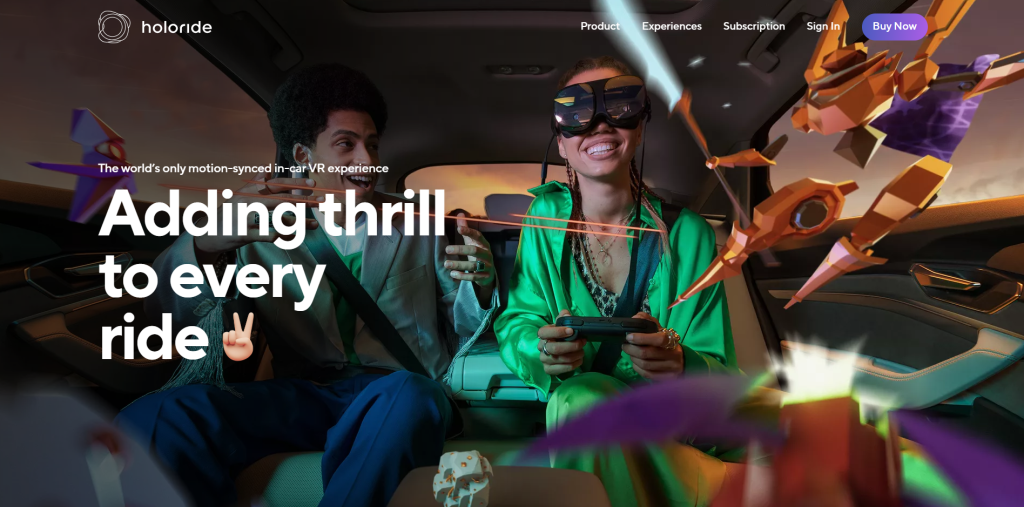
Also, AI-driven technology can optimize visual quality by automating image processing tasks such as color correction and image tagging without human intervention; this can significantly reduce production costs while improving visual quality.
Critics argue that while AI may make production easier and less costly, it has yet to show whether it can entirely replace human creativity and imagination in storytelling.
However, even though some level of creativity comes from human thought process automation should be augury, not refusal in film-making just like the camera until recently doubted or music instruments regarded critically at their onset have been accepted into the art form.
Real-Time Adaptation of Storylines
One of the most exciting possibilities brought by AI-enabled storytelling is the real-time adaptation of storylines. With adaptive storytelling, a narrative can react to the user’s input, allowing for a highly personalized and interactive experience. Through constant data analysis and machine learning algorithms, AI technology can adjust narratives on the spot, responding to users’ choices, preferences or unique circumstances.
- For instance, an AI program can gather real-time data about the user’s emotions, physical reactions, conversation tone or facial expressions to determine how best to tailor the narrative in order to create an immersive experience. As a result, AI-powered stories could offer virtually endless combinations of plot twists, endings and character development that adapt based on each individual interaction.
- Imagine a game where the decisions you make during character interactions directly affect your karma rating. Next time you play with a different character, your actions may bring consequences that will affect how other characters react to you. This creates an ever-changing web of storylines that respond to your preferences as a player.
- The adaptive storytelling model has far-reaching implications beyond entertainment purposes. It can be applied in educational settings or in training programs where learners must make quick decisions based on real-life conditions. In this case, learners can interact with the virtual environment multiple times until they perfect their skills.
- AI-powered adaptive journalistic storytelling also has high potential in following news developments and updating narratives accordingly. Imagine being able to get tailored news feeds based on your interests and feedback without needing to scroll through endless articles irrelevant to you.
- However, there are drawbacks that need consideration. Critics have raised questions about misplaced attention between tech-driven experiences and appreciating traditional craftsmanship in storytelling. Others worry about perpetuating biases and stereotypes by relying too heavily on algorithms for content creation.
Nonetheless, despite some challenges, developers continue making leaps forward for emerging AI technologies for interactive storytelling.
Emerging AI Technologies for Interactive Storytelling
The main goal of AI-enabled storytelling is to create engaging and immersive stories that users can experience in a variety of ways, from visual to auditory experiences. As AI technology becomes more advanced, it opens up new possibilities for delivering entertaining narratives through various mediums.
With natural language processing technology, voice assistants like Amazon’s Alexa and Google Assistant can read audiobooks and articles aloud with lifelike tone and emotion. This immersive experience enables the end-user to feel as though they’re part of the story.
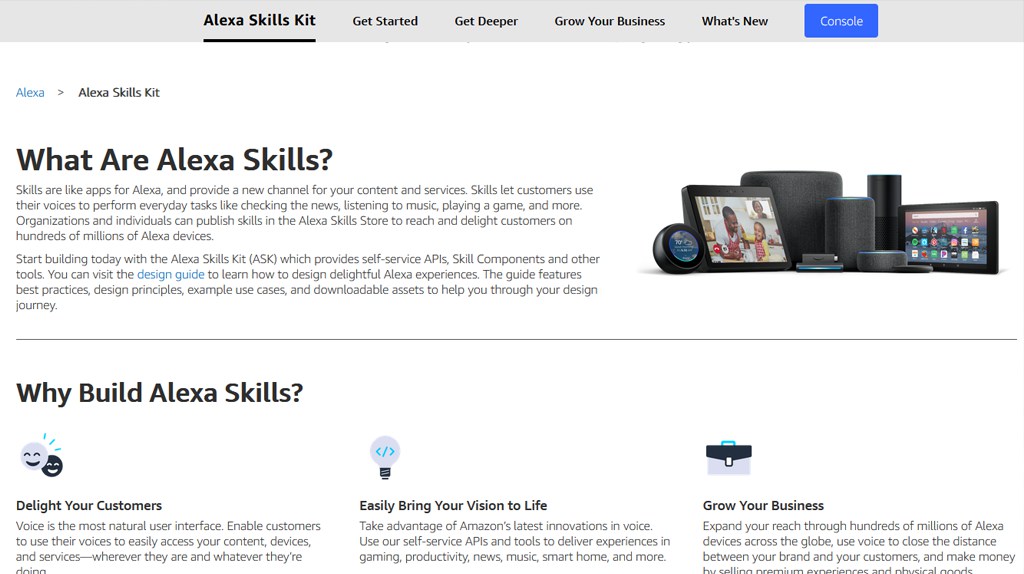
On the visual aspect, photorealistic 3D rendering technology allows developers to create characters that look convincingly human. Facial animations have also seen dramatic improvements in recent years, creating more lifelike models affected by emotions or physical reactions.
For instance, gaming enthusiasts are rejoicing after Marvel’s Avengers game was released featuring realistic facial expressions achieved through Motion Matching Technology. The implementation was designed using facial capture technology allowing the actors concentrate on their body movements while performing to achieve a better representation of real-life emotional display.
The combination of these audiovisual advancements allows for a fully immersive theme park-like ride designed around an AI-generated world with endless scenarios albeit without the need for physical rows lined with seats to experience it in full.
However, we have only scratched the surface of what can be achieved when it comes to applying AI technology in storytelling. Developers are continuously exploring the potential of machine learning and big data analysis as they seek new ways to improve storytelling experiences.
As computing power increases and developers find new ways to integrate machine learning algorithms into narratives, the future promises exciting prospects for interactive storytelling using AI.
The Future of AI and Interactive Storytelling
The future of AI and interactive storytelling is extremely promising. As artificial intelligence technology continues to advance, so does its potential for creating compelling and immersive narratives. One of the most exciting possibilities is the use of AI to generate entirely new and unique storylines, characters, and worlds that can engage audiences in unprecedented ways.
For example, one recent project used OpenAI’s GPT-3 language model to create a short story that was accepted for publication in The Guardian newspaper. This demonstrates how advanced AI technology can be used to create completely original content at a level that can compete with human writers.

Beyond generating new content, AI has enormous potential for adapting stories on the fly to match the preferences and behaviors of individual users. As users engage with a story, their responses and actions can be tracked and analyzed using machine learning algorithms, allowing an AI system to adapt the storyline in real-time based on their interests.
Some people may argue that this kind of personalization could lead to a loss of authorial control over the narrative, but it also has the potential to create much more engaging and personalized experiences for readers or viewers.
Think about Netflix’s “Black Mirror: Bandersnatch” episode, which allowed viewers to choose their own adventure by selecting different paths for the storyline. Now imagine that same concept taken even further with AI-driven customization that creates truly unique experiences for each user.
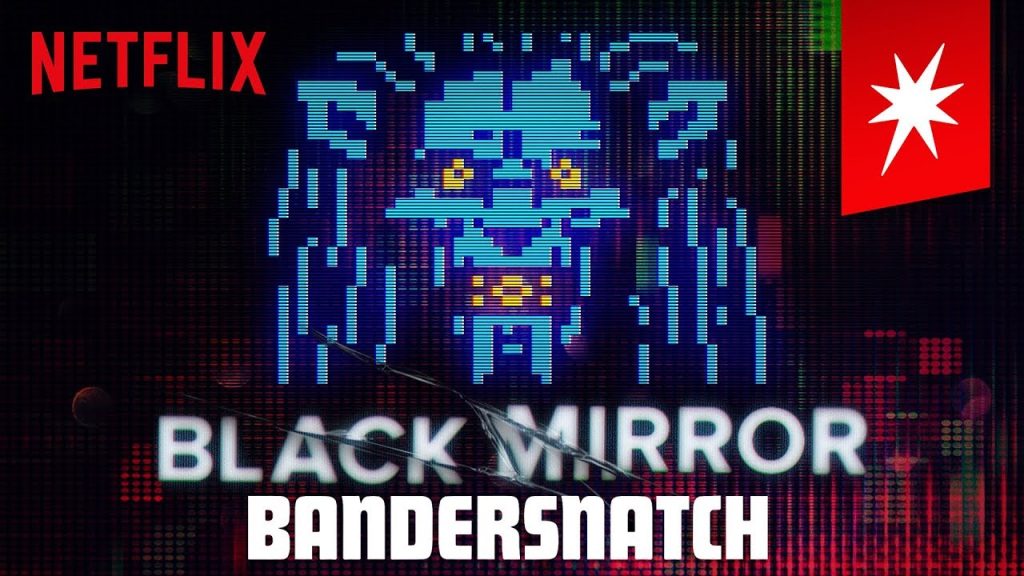
Additionally, AI could be used to enhance various aspects of storytelling such as visuals or audio. For instance, intelligent image recognition algorithms could help identify key moments in a video game or film where certain visual effects would enhance the storytelling experience.
As these technologies progress, it will be important for content creators to have access to effective AI-powered tools and platforms that allow them to leverage the full potential of these capabilities. This is where On-Page.ai Stealth Writer comes in, with its advanced AI-driven writing and optimization tools that can help content creators craft compelling stories that engage their audiences in unprecedented ways. Whether you’re a writer, filmmaker, or game developer, On-Page.ai is the best SEO optimization tool for integrating AI into your storytelling process.

Responses to Frequently Asked Questions with Explanations
Are there any potential drawbacks or risks associated with using AI in storytelling?
Yes, there are potential drawbacks and risks associated with using AI in storytelling.
One of the main concerns is the ethical implications of creating AI-generated content without proper human oversight. There is a risk of perpetuating biases, stereotypes, and misinformation in the narratives created by AI algorithms (Levy, 2018). For example, an AI chatbot called Tay created by Microsoft was shut down within 24 hours of its launch due to its racist and sexist behavior caused by interacting with users online (Metz, 2016).
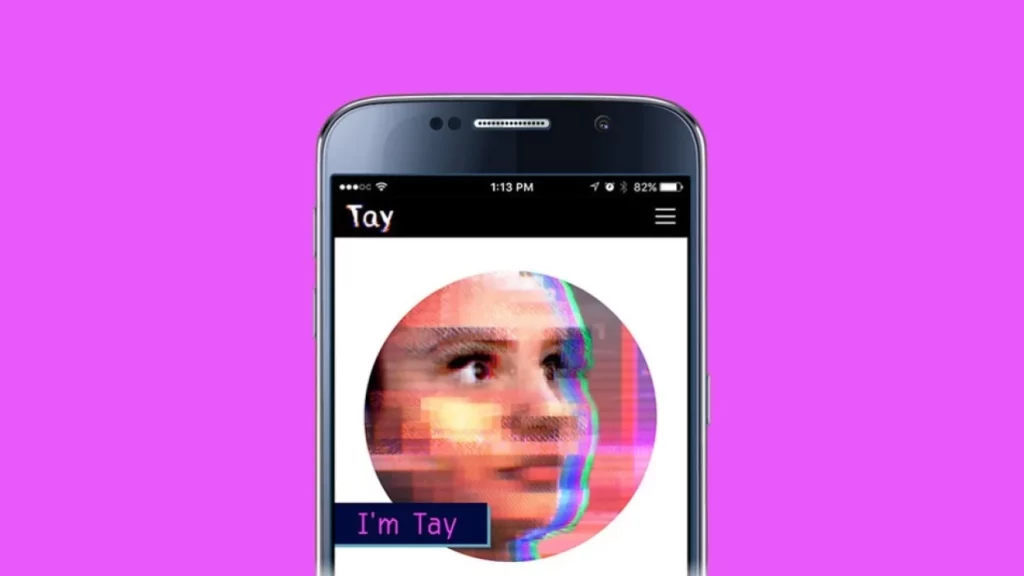
Moreover, there is also the danger that AI-generated content may not accurately reflect human emotions and experiences, leading to a lack of empathy or misunderstanding of important topics such as mental health (Maraqten & Cramer, 2019).
Another potential issue relates to the quality of the story generated by AI. Despite significant advances in natural language processing and machine learning algorithms, current systems still struggle with generating compelling plotlines or characters that resonate emotionally with readers (Mercury News, 2020).
Finally, there is the risk that AI-powered stories may lack creativity and originality since they typically rely on existing data sets or scripts for generating content. In contrast, human writers can draw from their imagination or personal experiences to create unique stories that capture new perspectives (Holgate & Pedersen, 2020).
Overall, while there are undoubtedly some exciting possibilities for using AI in storytelling, it’s important to consider these potential drawbacks and ensure that human oversight is maintained throughout the process.
How is AI being used in interactive storytelling?
AI is being extensively used in interactive storytelling, as it brings numerous possibilities for the creation of customized and dynamic narratives that can adapt to individual users’ needs. Facial recognition technology, natural language processing, and emotional analysis are some of the AI-powered tools utilized to enhance user interaction with stories.
According to a report by Business Insider, the global market size for AI in entertainment is expected to reach $3.4 billion by 2025. Additionally, studies suggest that AI-generated stories can lead to increased user engagement and satisfaction with the content.
One example of AI-powered interactive storytelling is the game “Detroit: Become Human.” This game allows players to make choices that influence the outcome of the storyline, creating personalized narratives for each player. The game’s success can be attributed to its ability to use AI technologies such as machine learning and neural networks, which allow it to create complex storylines with multiple outcomes based on players’ decisions.
In conclusion, AI has revolutionized the way we interact with stories by offering endless possibilities for customization and personalization. As these examples show, there is enormous potential for this technology in interactive storytelling. With more research and development, we can expect to see even more exciting uses of AI in this field in the years to come.
What ethical considerations are important to keep in mind when using AI in storytelling?
When using AI in storytelling, there are several ethical considerations that need to be kept in mind to ensure the responsible use of this technology. The following are some important ethical considerations that should be taken into account:
1. Privacy concerns: AI-powered storytelling often involves the use of personal data to create personalized stories for individuals. Therefore, data collection policies must be transparent and secure to ensure users’ privacy.
According to a survey conducted by Pew Research Center, 72% of Americans are worried about their online activity being tracked and used by organizations with which they have no relationship.
2. Bias and discrimination: AI algorithms can perpetuate bias and discrimination if not designed and trained properly. It’s important to ensure AI-generated narratives don’t stereotype marginalized groups or provide biased information.
For example, a study by ProPublica found that an algorithm used by a court in Florida was biased against African Americans, predicting them nearly twice as likely to reoffend than they actually did.
3. Accountability: The use of AI in storytelling raises questions about accountability when something goes wrong. Who will take responsibility if AI-generated narratives offend or harm someone?
The European Union’s General Data Protection Regulation (GDPR), which came into effect in May 2018, states that companies using automated decision-making systems must ensure humans can challenge the results if they negatively impact them.
Therefore, it’s essential to have clear guidelines on how to address potential issues while utilizing AI technology responsibly.
In conclusion, incorporating AI into storytelling requires careful consideration about its ethical implications. While this technology has significant potential for enhancing the quality of narratives, it is essential to design it with caution and responsibility by implementing safeguards against potential risks while being inclusive of all people.
Can AI be used to improve the user experience in interactive storytelling?
Yes, AI can be used to improve the user experience in interactive storytelling. With the advancement of natural language processing (NLP) and machine learning algorithms, AI-powered interactive storytelling has become more sophisticated and personalized.
AI can analyze user behavior and preferences to provide personalized storylines and adjust the narrative accordingly. This level of personalization can lead to higher engagement rates and better overall user satisfaction. According to a study by Accenture Interactive, 75% of consumers are more likely to make a purchase from a retailer that recognizes them by name, recommends options based on past purchases, or knows their purchase history.
Moreover, AI can also enhance interactivity in storytelling as it allows for real-time feedback and response to user actions. This dynamic interaction between the audience and the narrative can create a more immersive experience for the user.
Overall, AI presents vast opportunities for enhancing storytelling in various fields including gaming, education, advertising, and healthcare. However, it’s important to note that AI-powered narratives require careful consideration of ethical implications such as bias and privacy concerns.
What are the benefits of incorporating AI into interactive storytelling?
There are numerous benefits to incorporating AI into interactive storytelling. Some of the most significant advantages include:
1. Personalization: AI algorithms allow for a more personalized experience for each individual user, tailoring stories and experiences to their unique tastes and preferences.
2. Realism: By incorporating deep learning techniques, AI-powered narratives can create more realistic and immersive worlds, characters, and interactions.
3. Adaptivity: One of the biggest benefits of AI in storytelling is adaptivity – the ability to change the story based on user input or changes in the environment. This creates more engaging and dynamic experiences that keep users coming back for more.
4. Efficiency: Automated processes powered by AI can streamline the development and production of interactive storytelling platforms, reducing costs and increasing efficiency.
According to a recent report by MarketsandMarkets, the market for AI in storytelling is expected to reach $1.3 billion by 2023, growing at a CAGR of 28.9% from 2018 to 2023. As technology continues to advance, we can expect even greater innovations in AI-powered storytelling, providing new and exciting opportunities for both creators and users alike.

